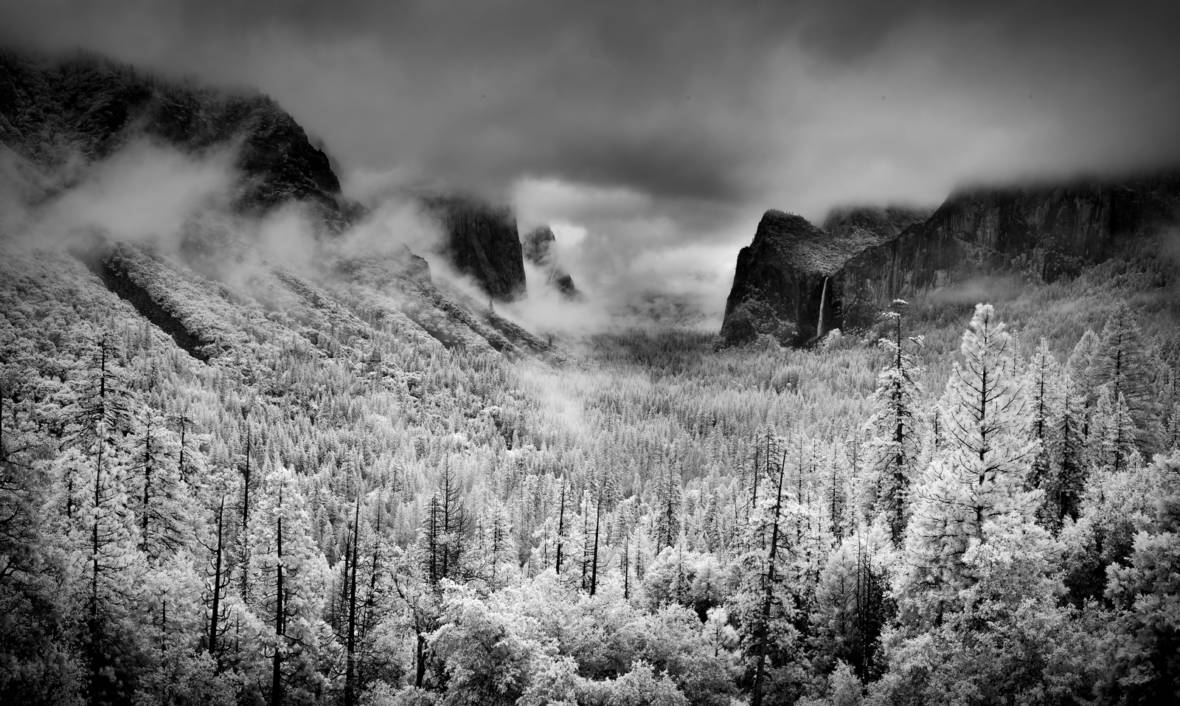1. What's different about this storm? Unlike most of the storms we've seen this winter, which have been either warm and wet or cold but dry, this is a cold weather system that will pull in a decent amount of moisture from the Pacific and dump lots of snow -- 5 feet or more at the highest elevations -- throughout California's mountains from late Wednesday through late Saturday. As much as a foot may fall in the northern Sierra foothills, and snow may even accumulate at the northern end of the Sacramento Valley. High winds will create blizzard conditions. The National Weather Service office in Sacramento says "travel over the mountains is highly discouraged" during the tempest.
2. When will it hit? Rain will begin sweeping over the Bay Area early Wednesday evening, with rain reaching the South Bay by midnight. Models suggest snow will begin falling in the northern and central Sierra by midafternoon.
3. Where will it hit? Virtually all of California except the state's southeastern corner is in for some rain or snow between Wednesday and Saturday.
